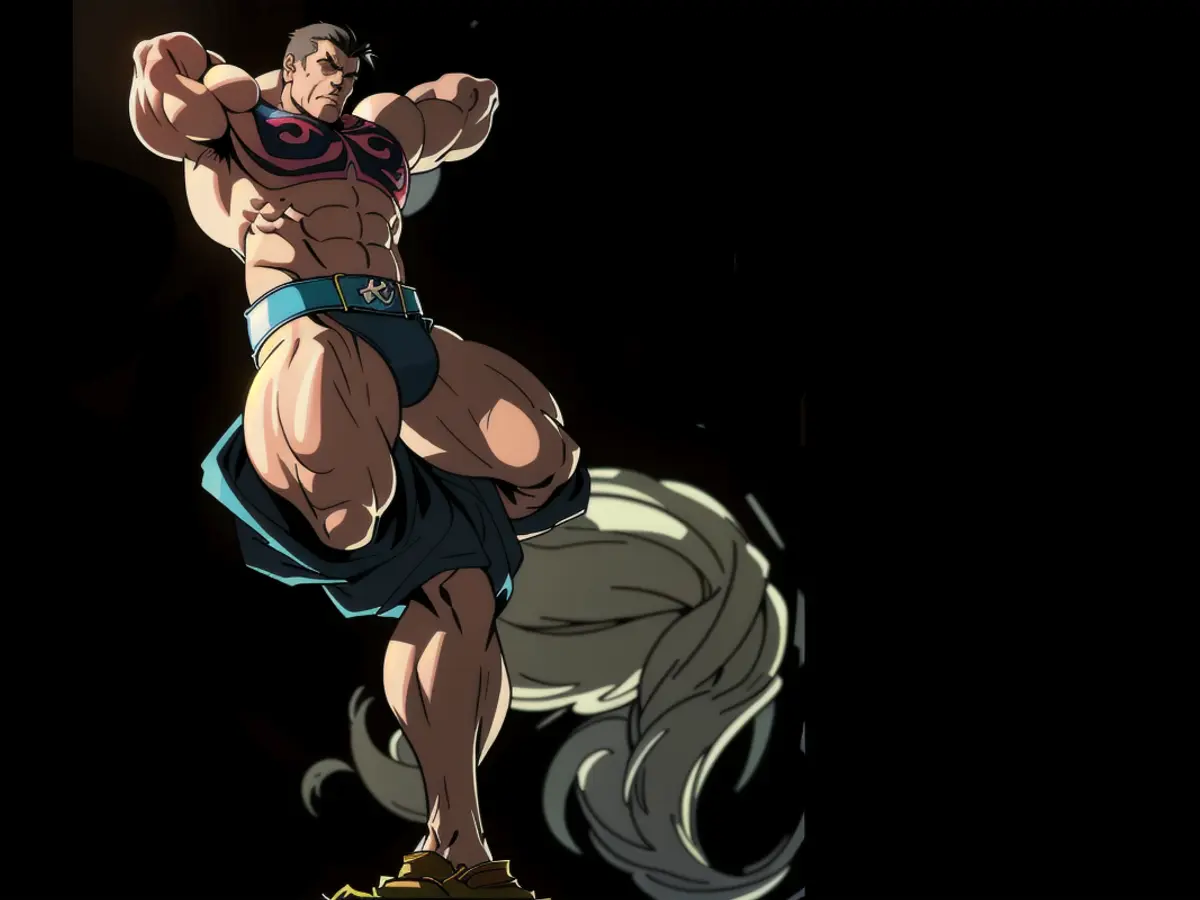Notice Me, I'm Not Your Typical House Guest: The Arrival of Harmful Invasive Species in Your Backyard
- Written by Helmut Broeg
- *
- Greeting, we've just moved in next door.
Adorable, aren't they? The gray-coated critters with the black bandit mask and tiny paws. But these North American raccoons have a not-so-cute side - they rummage through trash bins in your neighborhood, feed on stored supplies in sheds, and even prey on local wildlife. A study by the Senckenberg Research Institute for Biodiversity and Climate, in collaboration with local conservation groups, shows that our amphibian friends have become a meal for these masked marauders, with the raccoons stripping amphibians to avoid their toxic glands.
Sven Bacher, head of the Applied Ecology working group at the University of Freiburg, Switzerland, says, "Non-native, invasive species are a massive problem." He is one of the authors of the recent report by the Intergovernmental Science-Policy Platform on Biodiversity and Ecosystem Services (IPBES). Since the 1950s, the global number of invasive species has risen significantly. Among the roughly 37,000 registered animal and plant species, about one in ten is considered invasive, causing widespread harm in their new habitats. They often displace native species, and more than half of the 1200 documented, globally extinct species are, to some extent, due to invaders. For instance, the European red squirrel was driven out by the more robust North American gray squirrel in the British Isles within a few decades.
The IPBES report predicts that another 36 percent of new invasive species could appear by 2050. The main drivers of the spread of foreign species in the coming decades will be global trade and climate change.
The Invaders Aren't Just on Piers - They're Also Online and at Your Local Plant Shop
It's hard to predict the ecological consequences. The economic impacts are already staggering. Invasive mosquitoes transmit diseases, new pests cause losses in forestry and agriculture, and invasive mussels block industrial equipment. Between the 1950s and present, these damages worldwide have added up to at least 976 billion euros, according to researchers around Phillip Haubrock from the Senckenberg Research Institute and Frankfurt's Natural History Museum. The costs for preventative measures to prevent the spread of non-native species were only 2.5 billion euros in the same period. Haubrock highlights, "Our research clearly shows the value in a preventive approach. But it's tough to convince decision-makers to invest in something that isn’t yet a problem yet." The result is that "by the time we recognize the impacts of invasive species on the environment, they have often already established themselves and spread widely."
Ecologist Sven Bacher believes that invasive species are still treated too casually in global trade. "We need rigorous checks for potentially stowaway species in imports and exports," he insists. He also encourages all countries to develop action plans for dealing with new arrivals. Bacher uses the Japanese beetle, first spotted in Switzerland in July 2023 as an example. The authorities promptly and fiercely fought the beetles with insecticides, preventing them from spreading further.
American photojournalist and nature conservationist who embarked on a Herculean task - his "Photo-Ark" project involves collecting studio portraits of all animal species under human care, including both critically endangered species and invasive ones. He won't rest until he has photographed 20,000 species.
Not every problem can be solved swiftly. When American gray squirrels were first sighted in the wild in northern Italy, and hunters began shooting them, there were protests from some of the population. Hunting was temporarily suspended; debates raged on the pros and cons of eradication. But it was already too late - the gray squirrel had already spread so rapidly that it could no longer be contained.
Similar debates occur in many countries about how and whether to combat invasive species, such as the raccoon dog and the nutria, a South American rodent.
"The current IPBES report has led to a global consensus on invasive species," says Bacher. This consensus includes measures for preventing species spread, monitoring new and established species, and public education. Nature can adapt to change, to some extent. But humans suffer the most, as they can't adapt as quickly, says Bacher: "Invasive, non-native species deeply and negatively impact health, food security, and water supply." People in wealthier countries bear a particular responsibility for native species, he says. "The more we order online, the more we travel to remote regions, the greater the risk of spreading non-native species." And those who order exotic pets online or buy new, rare plants at the garden center also contribute to unwanted invaders.
More images from this gallery
- Invasive Species
- Climate Change
- Animal Conservation
- Biodiversity
- The study by the Senckenberg Research Institute and local conservation groups reveals that invasive raccoons are causing significant harm to species of animals, particularly amphibians, by preying on them.
- Sven Bacher, an ecologist and head of the Applied Ecology working group at the University of Freiburg, Switzerland, highlights that climate change and global trade are key drivers for the spread of more invasive species, such as the Japanese beetle.
- In order to prevent the negative impacts of invasive species, including those like raccoons and exotic pets, Bacher advocates for rigorous checks in imports and exports, as well as the development of action plans for dealing with new arrivals.

















